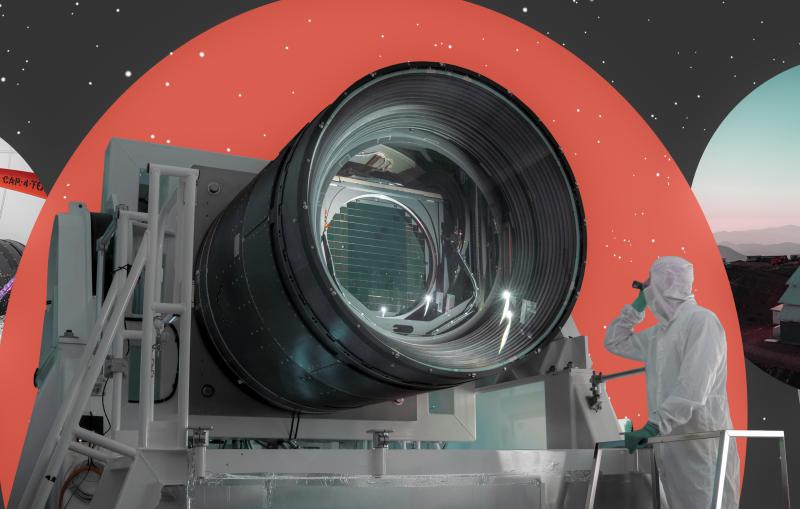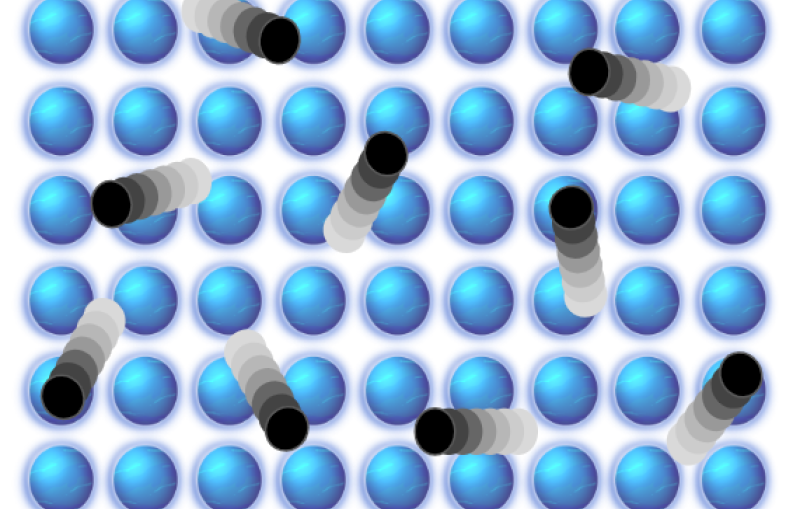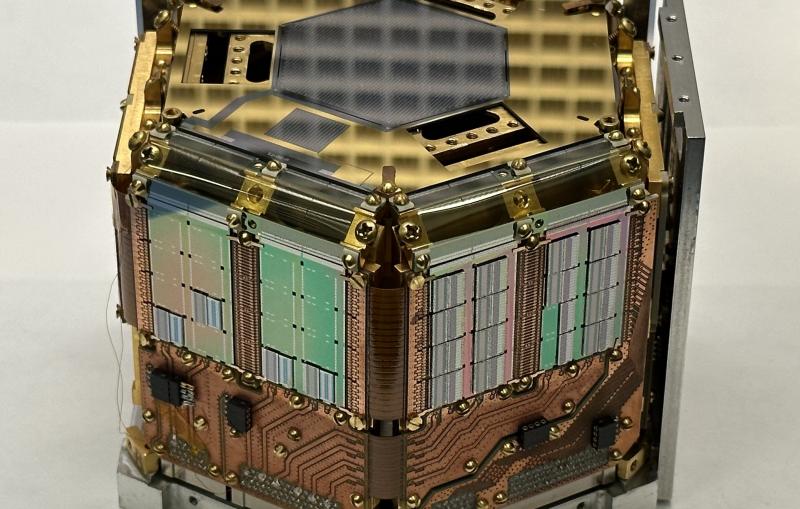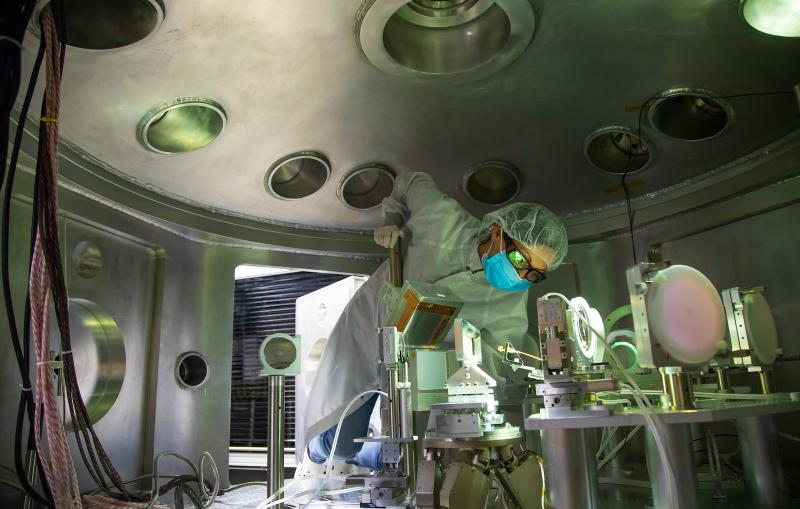September 4, 2014
Forecasting the Future
Physicists and other scientists use the GEANT4 toolkit to identify problems before they occur.
Physicists and other scientists use the GEANT4 toolkit to identify problems before they occur.

Dig Deeper





